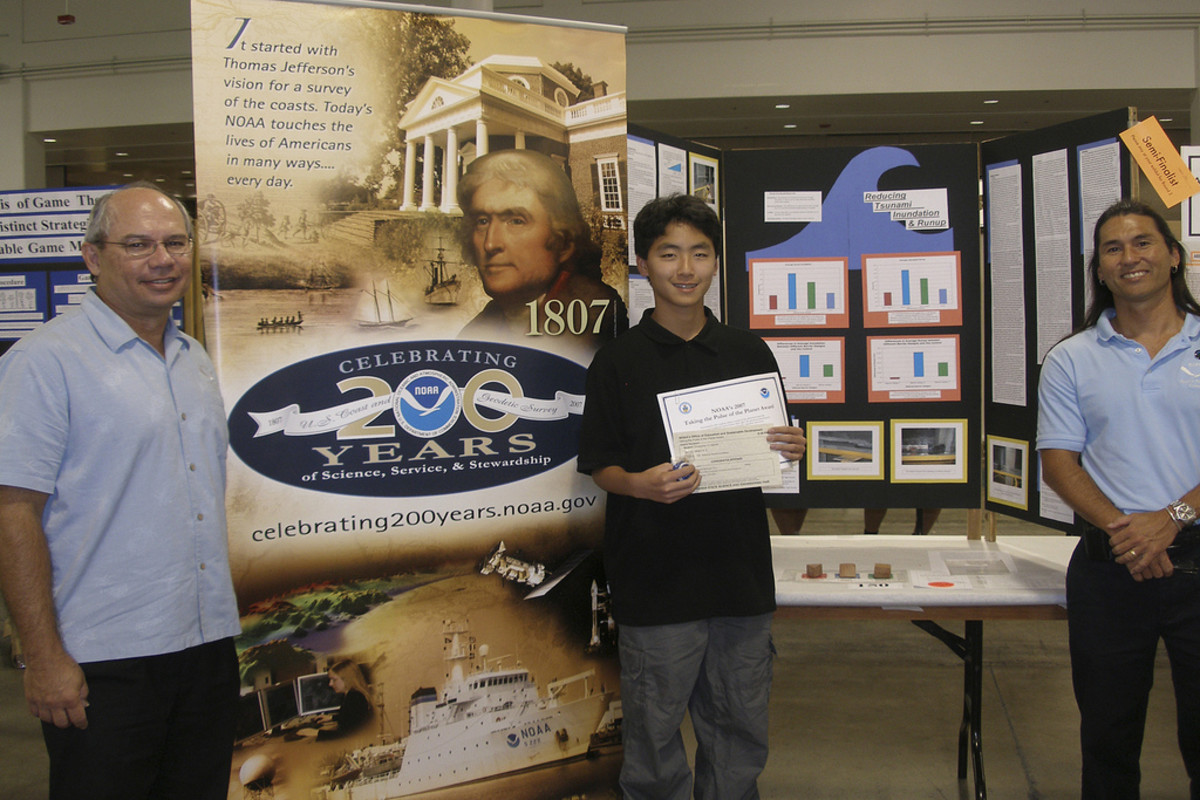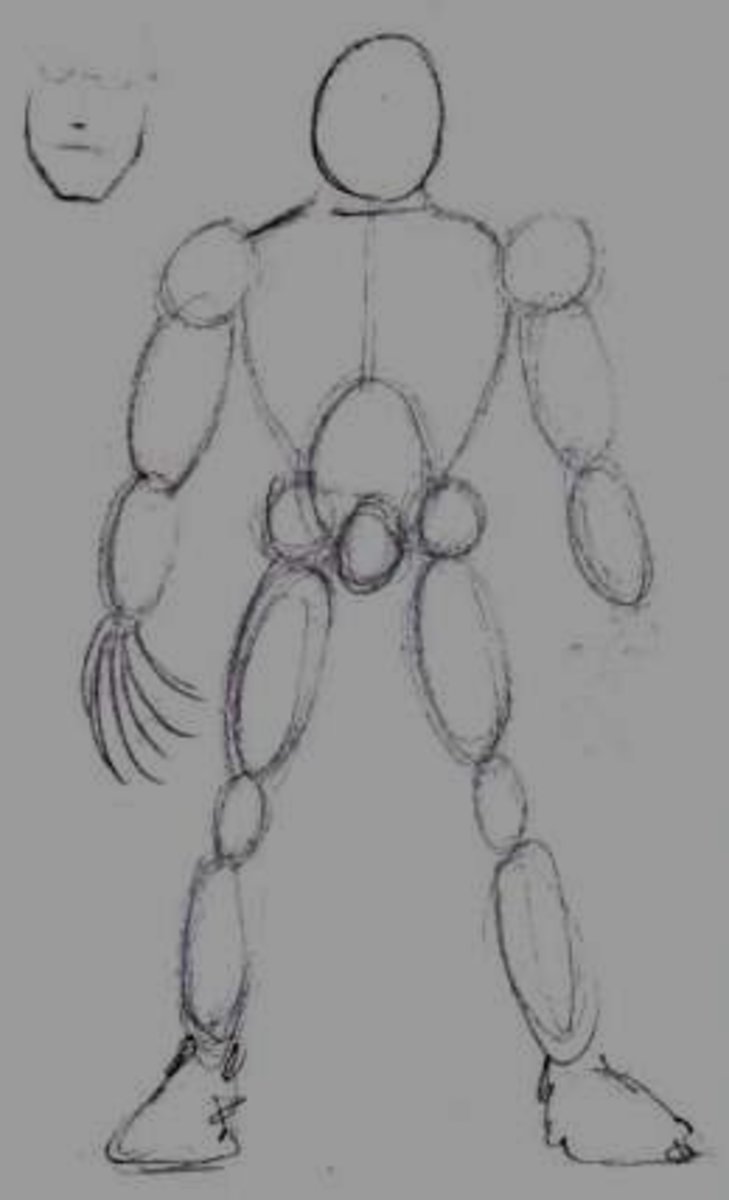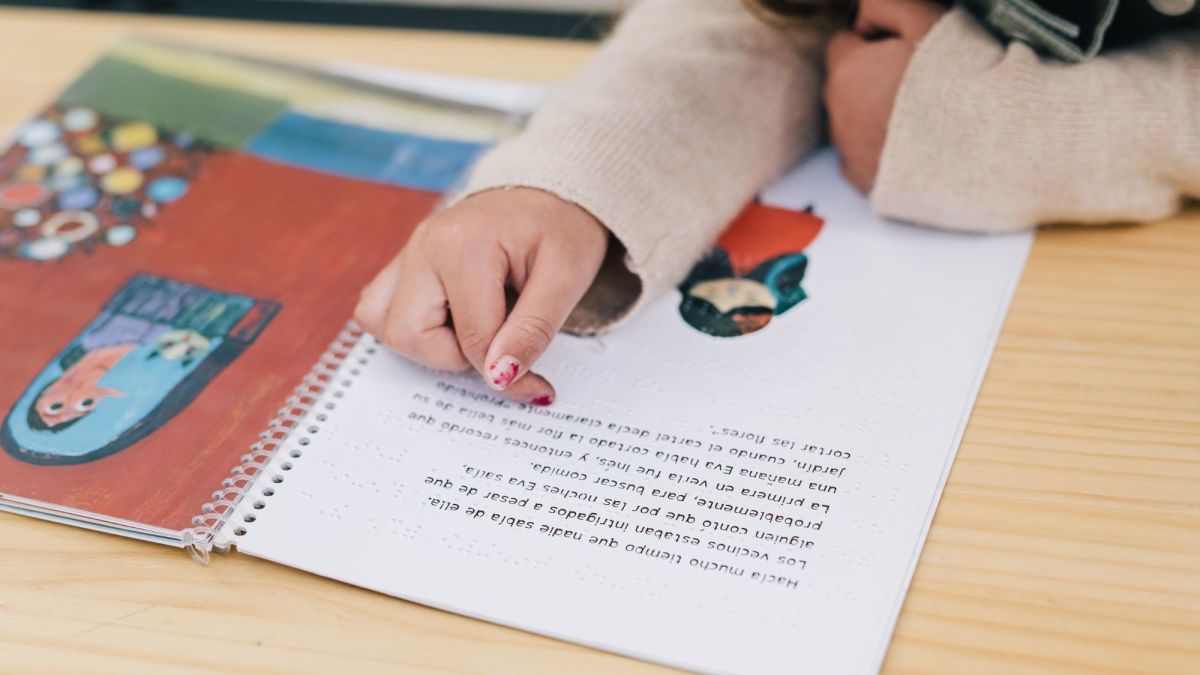Importance of Educational Robotic Science Toys & Robots
Introduction
Science fair projects are a staple of middle school science classes. They help to bring together what the student is learning in their science class with what is going on in the world. However, as a side effect of science fair projects there is anxiety, trepidation and a general lack of enthusiasm about completing this class requirement. If you want to overcome these negative emotions then take a look at developing projects around something that is fun and exciting, like robots.
Educational Robotic Science Toys
Educational robotic science toys & robots are very versatile toys that you can use for a number of purposes. They can be used as a general toy for entertainment, as an engineering skill building toy or as the foundation for a science fair projects. When selecting a robotics kit you need to make sure you read the back of the box or the product description before you buy it. The best kits will have enough parts to complete several robotics projects, as well as contain reusable parts so that once you have mastered the included robotics projects you can go on to design your own.
Science Fair Project Ideas
When you are assigned a science fair project you have a lot of options. You can just recreate a project that a thousand other students have done, you can rack your brain to come up with a project idea from scratch, or you can utilize something that you are already familiar with to come up with a unique and fun project idea. The last option is the best.
If you are interested in robotics and have a number of robotics kits at home or on your shopping list, then you are all ready ahead of the game. After completing the projects that came with the kits and mastering the set up and programming of robots you can develop your own science fair project about robots. To come up with an idea for a robot science fair project just start asking questions about the robots that you have already built, such as:
1. Can a robot detect motion?
2. Can a robot make decisions?
3. Can a robot climb stairs?
4. How much weight can a robot carry?
5. Can a robot do my chores?
Finding a Cool Project Angle
After you select a question to work on you need to determine what angle you want to approach that question. For example, if you select question 1 from above “Can a robot detect motion?” then you will need to determine what a robot will need in order to detect motion. In this case it will need some sort of sensor to detect the motion. This sensor can be seismic or laser. Once you have figured out the how of your science fair project question you will need to apply your predictions to a robot that you will design and build yourself.
If you selected question 4, “How much weight can arobot carry?” then you will have a few more problems to solve before you start experimenting with the design of a robot. For example, you will need to determine how you will measure the carrying capacity of a robot, what part of the robot you will be testing and what activity you will be measuring in order to determine the maximum carrying capacity of your robot. For example, you can measure the amount of weight that a robot can hold static, or the amount of weight that a robot can drag or the amount of weight that a robot can lift and then transport a specific distance. It is important to define each of these parameters before you build your robot so you know what you will be testing.









